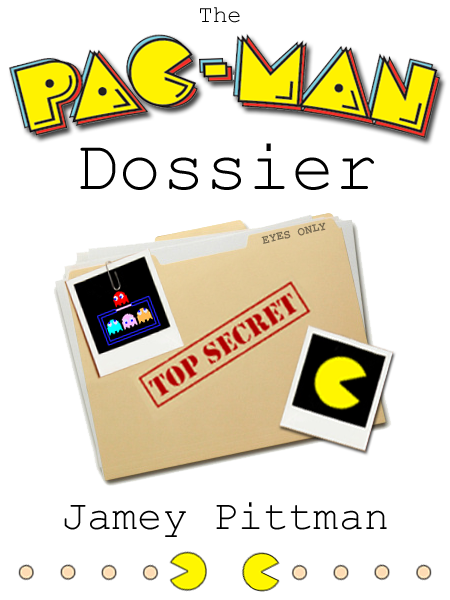Let’s get the link out of the way right off (27 minutes).
Famicom Galaxian, never released in the US until Namco Museum Archives Vol. 1, is a tiny program, even by Famicom/NES standards. It may be the smallest Famicom game; the ROM is only 16K large, taking up just half of the addressable cartridge space.
But even such a little program can hide secrets. Adrian found a multicart with an alternate version of Famicom Galaxian with rapid autofire, and that he preferred to play that than the official one.
And I don’t blame him! Galaxian nowadays, whether a port of the arcade original, is a slow and clunky thing to suffer through, but even back then there were some people who scratched their heads at its popularity. One of them was Craig Kubey, author of the classic-era arcade book The Winner’s Guide to Video Games, who called it the Worst Popular Game. But these problems evaporate if you can just hold down the button and annihilate the aliens, like you were playing Centipede.
Namco must have realized how much better the game would play with more shots, as they made your ship in Galaxian’s successor Galaga fire faster, and can have two shots on-screen at once. four with the double ship. Maybe as a result, Galaga is a lot more fun to play, even today.
Adrian got to wondering about that alternate version, called “Galaxians” in the pirate cart’s menu. He found a ROM image of it online and had a look at its code in Mesen’s code analysis tools and found the first thing the “classic” version of the game on the cart does is write a zero to a specific address in zero page. This, as it turns out, is to ensure a secret cheat is disabled. If a one is written there instead, it produces behavior exactly like the rapid-fire version, which in addition to being able to fire much more quickly recolors the logo on the title screen red.
Is this a disabled cheat function on the original cartridge? Maybe, but maybe not. Adrian found another version of the Galaxian ROM online that doesn’t have the cheat function, disabled or no. It’s unknown if this is an alternate official release, or the only official release. Maybe the version on the pirate cart was hacked to put the code in, or maybe it’s an obscure unreleased version, or else maybe it’s the Famicom Disk System version?
Geez, the mysteries abound concerning this sucky little game! Find out about it yourself here:



